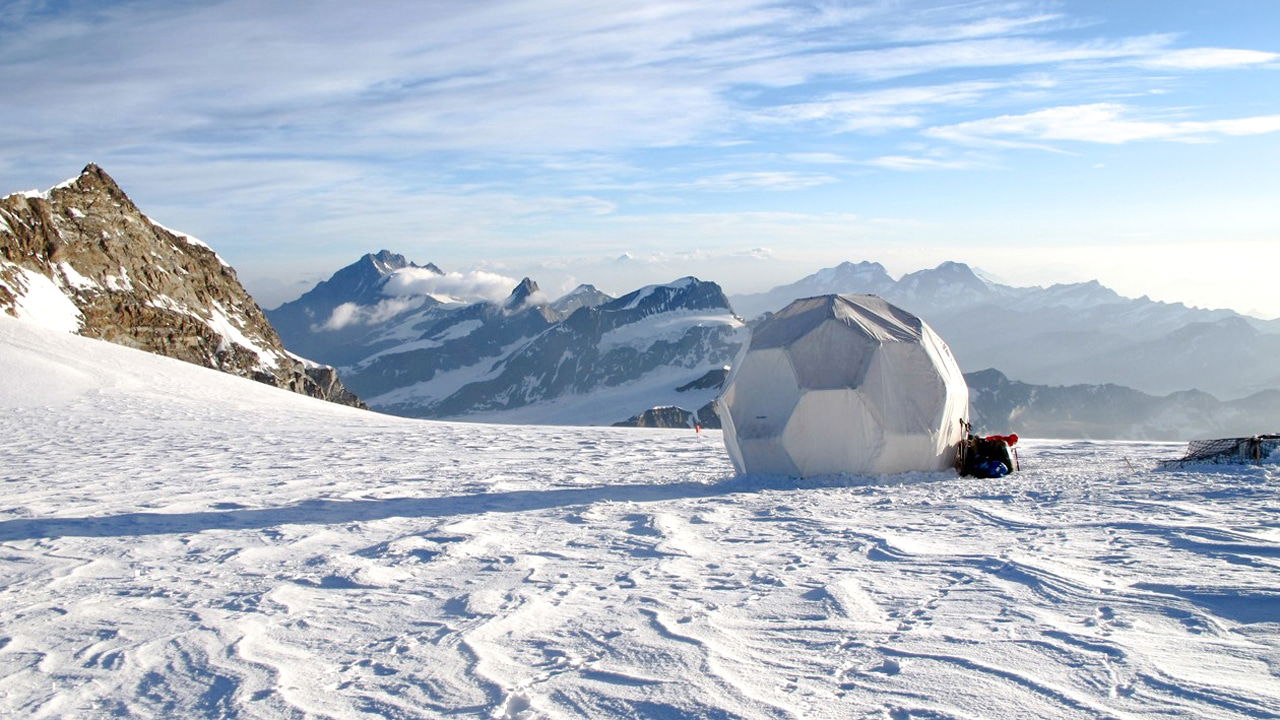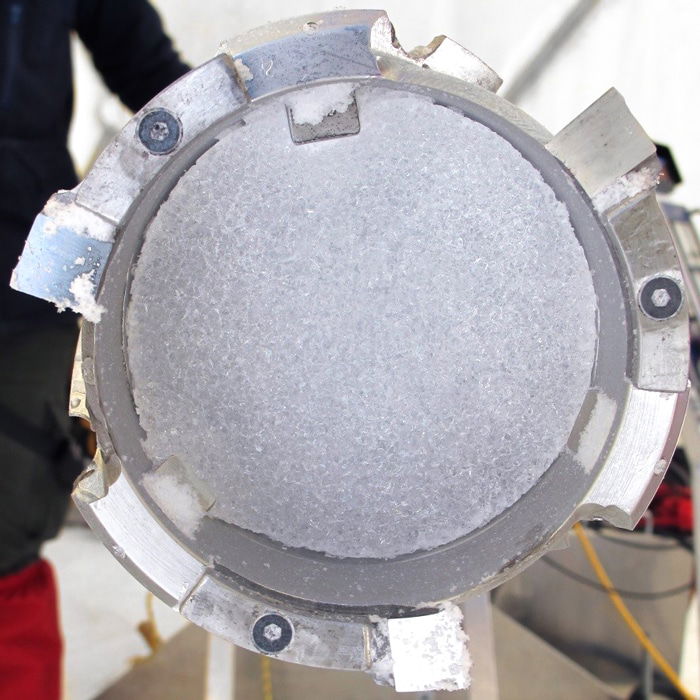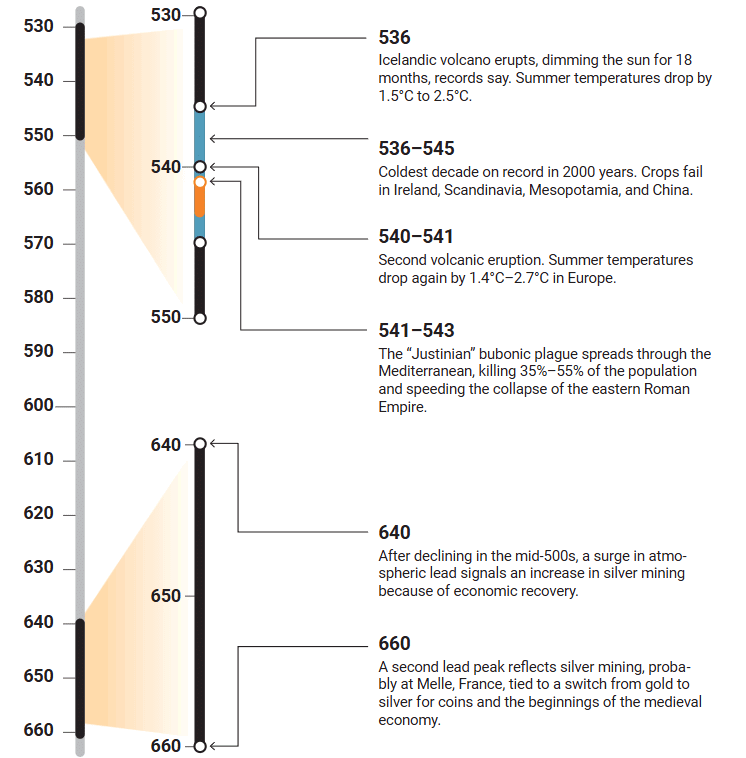When considering the darkest periods in human history, events like the Black Death or the 1918 flu pandemic often come to mind. However, historian Michael McCormick identifies 536 AD as possibly the worst year ever. A mysterious, persistent fog enveloped Europe, the Middle East, and parts of Asia, leading to widespread devastation.

For nearly 18 months, a dense haze obscured the sun, casting regions into darkness. Byzantine historian Procopius noted, “For the sun gave forth its light without brightness, like the moon, during the whole year.” This phenomenon caused temperatures in the Northern Hemisphere to drop by 1.5°C to 2.5°C, making the 530s one of the coldest decades on record. China experienced summer snowfall, crops failed globally, and famine ensued. Irish chronicles report severe food shortages from 536 to 539.
The situation worsened in 541 AD with the onset of the Plague of Justinian, a bubonic plague outbreak that killed millions across the Byzantine Empire. Estimates suggest mortality rates between 25% to 50% in heavily affected areas, potentially contributing to the empire’s decline.

For centuries, the cause of this mid-sixth-century climate disaster remained a mystery. Recent research led by McCormick and glaciologist Paul Mayewski analyzed ice cores from a Swiss glacier, revealing that a massive volcanic eruption in Iceland in early 536 AD likely spewed ash across the Northern Hemisphere. Subsequent eruptions in 540 and 547 further exacerbated the dire conditions. These successive disasters, coupled with the plague, plunged Europe into an economic depression lasting over a century.
The ice cores also indicated signs of recovery. By 640 AD, increased levels of airborne lead—a byproduct of silver mining—suggested a resurgence in trade and industry.

The investigation into this period began in the 1990s when tree ring studies indicated that the years around 540 AD were exceptionally cold. Later analyses of polar ice cores from Greenland and Antarctica showed that significant cold periods over the past 2,500 years coincided with major volcanic eruptions. Data pinpointed a significant eruption in late 535 or early 536, followed by another in 540, explaining the prolonged global cooling.
Further examination of an ice core from the Colle Gnifetti Glacier in the Swiss Alps provided a detailed environmental history. In the layers corresponding to 536 AD, researchers found tiny volcanic glass particles. Chemical analysis traced these particles to volcanic rocks in Iceland, strongly suggesting that an Icelandic eruption was the primary cause of the 536 AD climate catastrophe.
This combination of volcanic activity, climate change, and disease made 536 AD a year of unparalleled hardship, marking it as possibly the worst year in human history.
